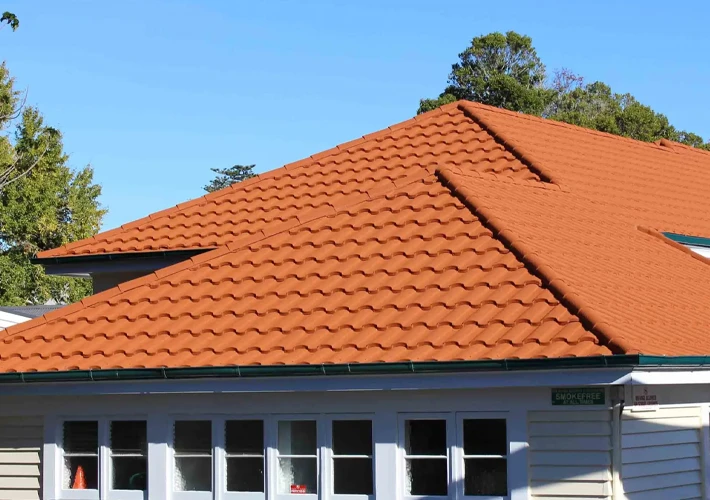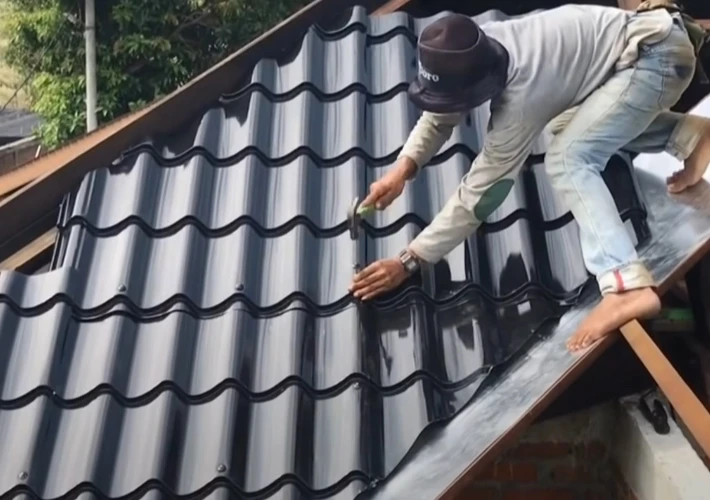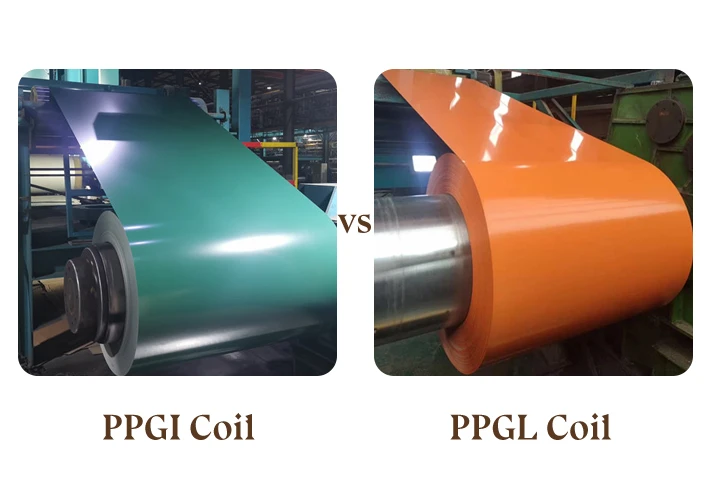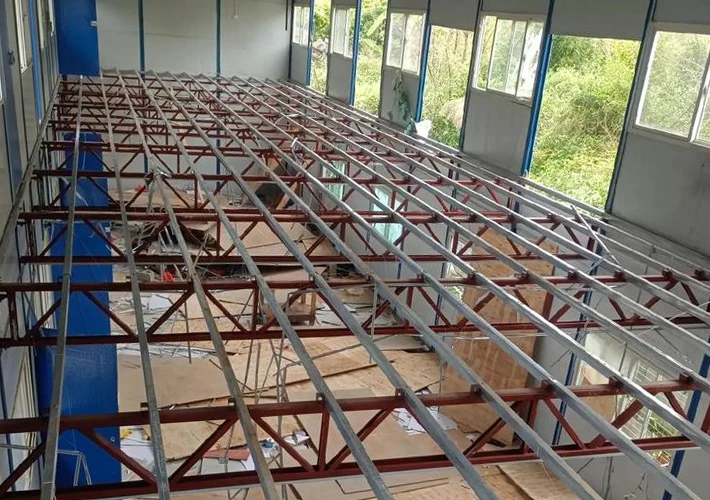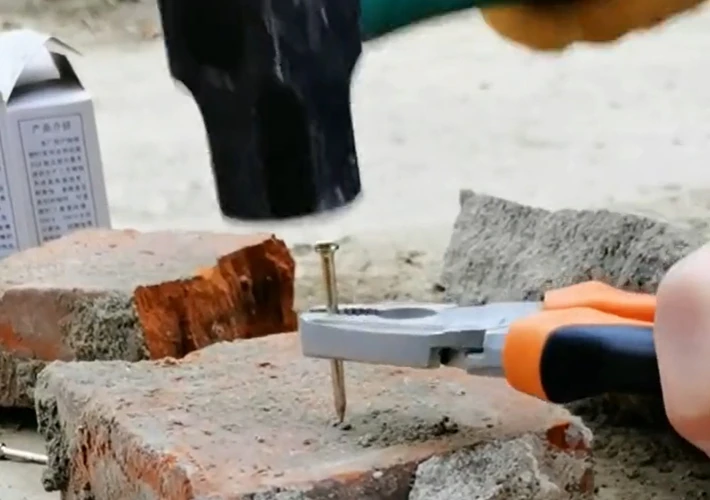In regions prone to extreme weather—such as heavy rain, snowstorms, high winds, scorching sun, and corrosive coastal air—choosing the right roofing material is not just a matter of aesthetics, but a matter of safety and longevity. One of the most trusted solutions in the construction industry is galvanized steel roofing sheets. Thanks to their durability, cost-effectiveness, and exceptional performance in adverse environments, they have become a go-to material for residential, commercial, and industrial roofing projects.
This article explores why galvanized steel roofing sheets are the best choice for harsh weather conditions, examining their structure, benefits, applications, and comparisons with other materials.

What Are Galvanized Steel Roofing Sheets?
Galvanized steel roofing sheets are steel panels that have been coated with a layer of zinc to prevent rust and corrosion. This process is called galvanization, and the most common method used is hot-dip galvanizing, where the steel sheet is dipped into molten zinc.
The result is a roofing material that combines the strength of steel with the protective properties of zinc, making it ideal for areas facing extreme environmental stress.
Key Features That Make Galvanized Steel Ideal for Harsh Conditions
1.Superior Corrosion Resistance
The most significant advantage of galvanized steel is its resistance to corrosion. Zinc serves as a sacrificial layer, protecting the steel underneath from moisture, oxygen, and salt.
- In coastal areas, where salt in the air accelerates corrosion, galvanized steel outperforms other materials like bare metal or untreated aluminum.
- In rainy or snowy regions, the zinc coating prevents water from causing rust over time.
2.High Strength-to-Weight Ratio
Galvanized steel offers high tensile strength while remaining relatively lightweight. This makes it:
- Resistant to impact from hail and falling debris.
- Capable of withstanding strong winds, including hurricanes or typhoons when properly installed.
- Easier and faster to install than heavier alternatives like clay or concrete tiles.
3.Fire Resistance
Galvanized steel is non-combustible, which gives it a distinct advantage in regions prone to wildfires or lightning storms. It doesn’t burn, crack, or release toxic fumes, unlike materials such as asphalt shingles or wood shakes.
4.Thermal Reflectivity
The zinc coating and steel surface have high reflectivity. Galvanized roofing can reflect a significant portion of solar radiation, reducing:
- Heat absorption, making interiors cooler.
- Air conditioning costs, especially in hot climates.
- Heat-induced material degradation, increasing lifespan.
5.Long Lifespan
When properly installed and maintained, galvanized steel roofing sheets can last 40–70 years. This durability means:
- Less frequent replacements.
- Reduced maintenance costs.
- Better ROI over the long term.
Comparison With Other Roofing Materials in Harsh Weather
| Roofing Material | Corrosion Resistance | Wind Resistance | Fire Resistance | Lifespan | Cost |
|---|---|---|---|---|---|
| Galvanized Steel | Excellent | Excellent | Excellent | 40–70 yrs | Moderate |
| Asphalt Shingles | Poor | Fair | Fair | 15–25 yrs | Low |
| Clay Tiles | Good (but brittle) | Poor | Good | 40–50 yrs | High |
| Wood Shakes | Poor | Fair | Poor | 20–30 yrs | Moderate |
| Aluminum Sheets | Good | Good | Excellent | 30–50 yrs | High |
As seen above, galvanized steel offers the best balance between cost, strength, and durability—especially in harsh climates.

Weather-Specific Benefits
1.Performance in Rain and Snow
Galvanized steel sheets have a smooth surface that allows rain and snow to easily slide off, preventing the accumulation of moisture and reducing the risk of:
- Water leakage
- Ice dams
- Structural weakening from weight
Additionally, with proper insulation and underlayment, condensation issues can be mitigated, preserving indoor comfort.
2.Wind Resistance in Stormy Regions
Galvanized steel sheets are often installed in large panels, which can be fastened securely to the roof frame. With professional installation, they can withstand wind speeds of 120–150 mph, depending on the system used.
This makes them suitable for:
- Coastal areas affected by hurricanes
- Inland zones prone to tornadoes
- High-altitude buildings
3.Resistance to UV and Heat in Hot Climates
In tropical and desert climates, long-term UV exposure can cause cracking, fading, or degradation in many materials. Galvanized steel remains unaffected, offering:
- Dimensional stability
- Reflective coatings (like cool roof paints) to further enhance energy efficiency
- Longer structural life of the building envelope
4.Resistance to Mold, Mildew, and Insects
Unlike wood or organic materials, galvanized steel is impervious to biological threats such as:
- Mold or mildew in humid environments
- Termites and rodents
- Fungal decay
This makes it a safe and sanitary option for residential and food-related facilities.
Applications Across Different Sectors
1.Residential Homes
Modern homes increasingly use galvanized roofing not only for its functionality but also for its aesthetic appeal, with options for:
- Corrugated profiles
- Standing seam designs
- Color-coated variants
2.Industrial Buildings
Warehouses, factories, and agricultural facilities favor galvanized roofing for:
- Long-term durability
- Minimal maintenance
- Ability to span large areas with minimal supports
3.Commercial Spaces
Shopping centers, schools, and office complexes choose galvanized steel for:
- Cost-effectiveness over time
- Fire safety compliance
- Ease of retrofitting solar panels or HVAC systems
4.Emergency and Remote Infrastructure
In disaster-prone or remote regions, galvanized steel is ideal for:
- Temporary shelters
- Military installations
- Emergency response centers
Thanks to its quick installation and low logistical weight, it serves urgent infrastructure needs better than many alternatives.

Maintenance Tips for Long-Term Performance
Although galvanized steel roofing is relatively low maintenance, here are some tips to ensure its longevity:
Regular Cleaning
Remove debris, especially in valleys and gutters, to prevent standing water.
Inspect Coatings
Reapply protective coatings or paint as needed, especially in high-UV or coastal zones.
Check for Fastener Issues
Look for loose or corroded screws, especially after strong winds.
Prevent Galvanic Corrosion
Avoid contact with dissimilar metals (like copper or lead), which can cause electrochemical corrosion.
Professional Inspection
Conduct a full inspection every 3–5 years to catch early signs of wear.
Environmental and Sustainability Advantages
Galvanized steel is also an eco-friendly choice:
- 100% recyclable with minimal loss of properties
- Often made with a significant percentage of recycled content
- Compatible with green building standards such as LEED certification
- Contributes to cool roof initiatives, reducing urban heat island effects
Challenges and How to Overcome Them
While galvanized steel is excellent for harsh conditions, it’s not without its limitations:
1.Initial Cost
It’s more expensive upfront than asphalt shingles. However, lower maintenance and longer lifespan often balance out the investment.
2.Noise
Rain or hail on metal roofs can be loud. This can be mitigated with:
- Insulation layers
- Acoustic underlayment
- Ceiling design techniques
3.Thermal Expansion
Steel expands and contracts with temperature changes. Proper fastening systems and design considerations help prevent warping or buckling.
Conclusion
When it comes to roofing in harsh weather conditions, galvanized steel roofing sheets stand out as the most balanced, durable, and cost-effective solution. From extreme heat to heavy snow, from coastal corrosion to stormy winds, this material delivers resilience, safety, and peace of mind.
For construction companies, property developers, and homeowners looking for long-term roofing performance, galvanized steel isn’t just a good choice—it’s often the best choice.
Call to Action (for B2B Businesses)
If you’re a contractor, builder, or materials importer looking for a trusted supplier of galvanized steel roofing sheets, choose a manufacturer with:
- Advanced hot-dip galvanizing lines
- International quality certifications (ISO, SGS)
- Export experience and custom specification options
- Competitive pricing and reliable delivery
Partner with durability. Partner with strength. Choose galvanized steel for your next roofing project.

